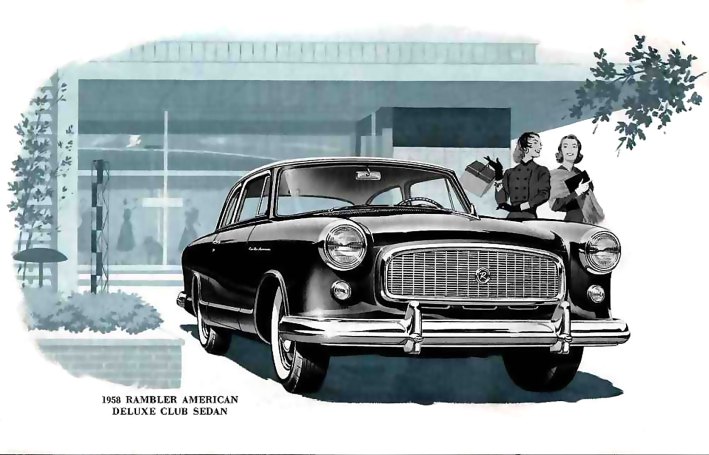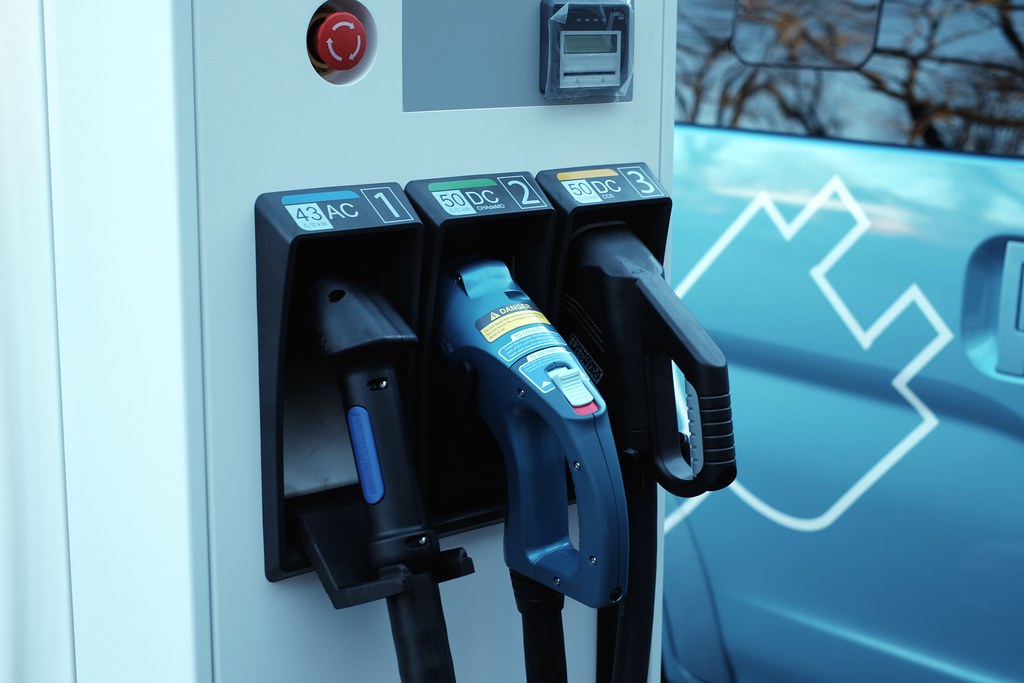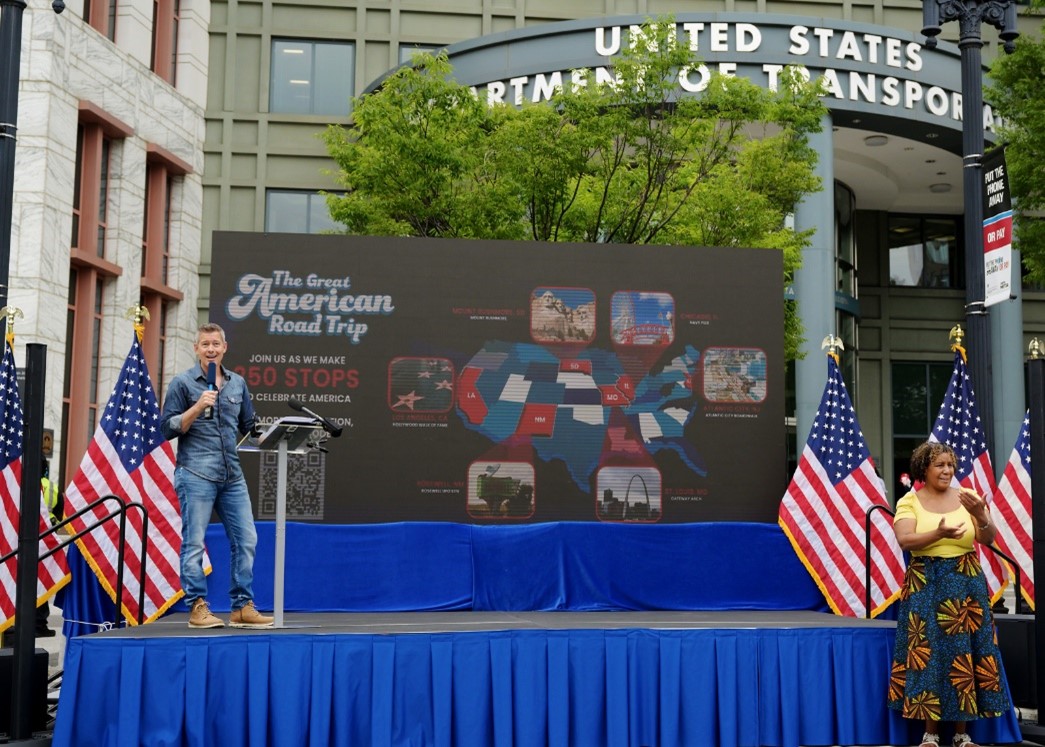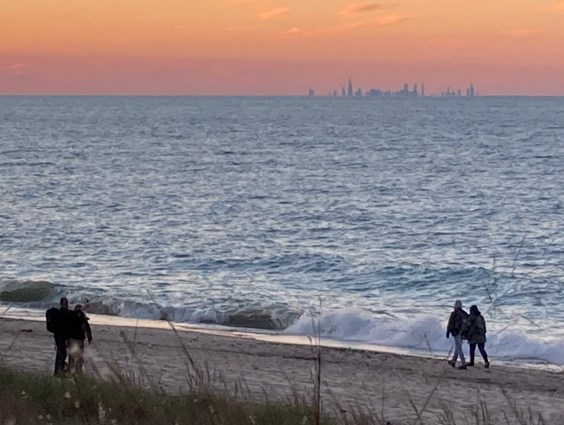The U.S. Department of Transportation seems to be stuck in a bizarre time warp. For nine years in a row Americans have decreased their average driving miles. Yet U.S. DOT’s most recent biennial report to Congress on the state of the nation’s transportation system, released last Friday, forecasts that total vehicle miles will increase between 1.36 percent to 1.85 percent each year through 2030.

Just how out of whack is that forecast? Consider the following:
- Vehicle travel hasn’t increased by even 1 percent in any year since 2004. Yet the U.S. DOT assumes that driving will increase at a rate significantly faster than that every year on average through 2030.
- The new report uses for one of its two scenarios the same flawed forecasting model that has overestimated vehicle travel 61 times out of 61 since 1999.
- In a particularly absurd twist, the U.S. DOT forecast doesn’t even get the past right. The report “projects” (based on 2010 data) that Americans drove 5 percent more miles in 2012 than they actually did. To hit the DOT forecast for 2014, Americans would need to increase their driving by 9 percent this year alone.
Why should we care about all this? With transportation funds increasingly scarce -- and especially with Congress due to reauthorize the nation’s transportation law -- policy-makers need good guidance about where to invest. A sensible approach, especially given the recent decline in driving and increasing demand for transit, would be to plow a greater share of those limited resources into expanding access to public transportation and active transportation modes while focusing highway spending on fixing our existing roads and bridges.
Instead, the U.S. DOT’s travel forecast is used as justification to propose a dramatic increase in highway spending to fund all the new and expanded highways that the DOT presumes we’ll need to accommodate all of those imagined new cars and drivers. The agency asserts that the nation would need to spend between $124 billion and $146 billion each year to maintain and improve the highway system -- numbers that are sure to find their way immediately into highway lobby press releases and be repeatedly cited in congressional hearings.
What makes the DOT forecast so bewildering is that the agency -- elsewhere in the very same document -- acknowledges the strong possibility that many of the factors that have caused the recent drop in driving may be long-lasting. The report states:
[A] number of indicators point toward saturation in vehicle trips and vehicle miles of travel per person, with the peak of most per-person and per-household statistics occurring in 1995. Several factors could be possible explanations for this apparent saturation, such as the desire to limit the time spent in travel and replacing physical trips with electronic communication or online shopping.
In addition, the report cites changing travel trends among Millennials, who have reduced their driving more than any other age group over the past decade. “Youth,” the U.S. DOT report tells us, “prefer to live in high-density areas where there are more modal options and shorter trip lengths,” while “youth concerns for the environment play a role in their travel decisions.”
In other words, the U.S. DOT report acknowledges much of the evidence that Americans’ transportation needs and desires are changing, but it fails to do so in the one place with dollars-and-cents implications: its forecast of future funding needs.
To be fair, much of the problem with the U.S. DOT’s forecast is that it is an amalgamation of forecasts made by each of the 50 states. States have been notoriously slow to change their habit of making inflated driving predictions. They have persistently overshot, and change is only beginning to take place in a few states. Most states assume that a return to rapid increases in driving is just around the corner.
America clearly has large, unmet transportation funding needs. But the U.S. DOT does no one any favors by producing wildly inflated estimates of highway spending needs based on warmed-over forecasts that have been proven wrong over and over again and that fail to reflect real – and likely lasting – changes in how Americans get around.
The time has come for a real, honest and well-informed discussion of America’s transportation needs. The U.S. DOT’s report to Congress provided a golden opportunity for the agency to share evidence of America’s changing transportation needs and help congressional leaders adapt to a new reality.
Sadly, it’s an opportunity the agency missed.





